White Christmas Unlikely for Most of U.S.—How Warm It’ll Be in Your Region
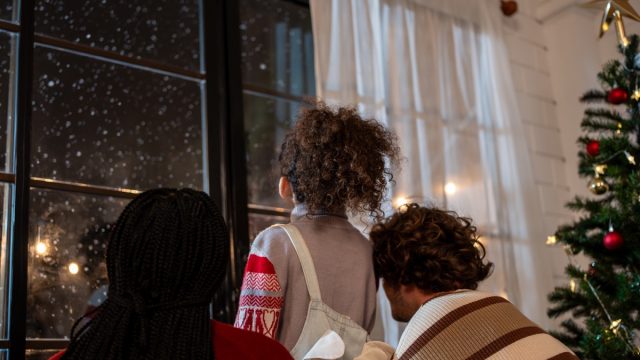
Many of us put in a lot of work every year to plan the perfect Christmas. We pick out the best tree, decorate our entire house, and spend weeks wrapping presents with precision. But no matter how hard you prepare, there is one thing you just can’t control that day: the weather. While we dream of a white Christmas, it doesn’t look like that wish will be granted for most of us this year.
Current weather models are showing a low chance of snow leading up to and on Christmas for the second year in a row, The Washington Post reported. The National Oceanic and Atmospheric Administration (NOAA) defines a white Christmas as at least one inch or more of snow on the ground the morning of Dec. 25. For this to happen, two things need to occur: cold air and precipitation. But this seems unlikely for most of the U.S. this year, per WaPo.
In fact, the NOAA’s Climate Prediction Center is anticipating “above-normal temperatures” for a large part of the nation as we head into the holidays, thanks in large part to the El Niño climate pattern hitting right now.
“The mild temperature pattern could lower the chance of a white Christmas this year in parts of the country,” The Weather Channel warned. Of course, your specific experience will depend on where you are for the holidays. Read on to find out how warm it’ll be in your region.
RELATED: What a “Historically Strong” El Niño Could Mean for Your Region This Winter.
The South
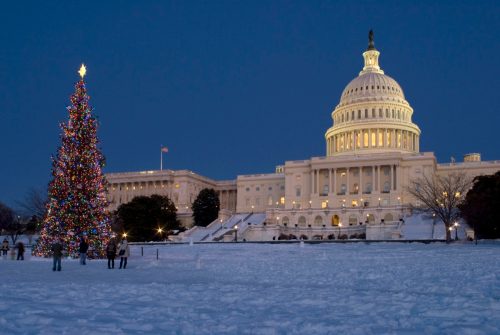
Unsurprisingly, your chances of snow this Christmas are highly unlikely in the South. When looking at Washington, D.C.—which somewhat straddles the line between regions—The Washington Post‘s analysis indicated that the chance of one inch of snow between Dec. 20 and Dec. 25 is near zero.
“Daytime highs are expected to reach the mid-40s to mid-50s with overnight lows in the 30s,” the newspaper reported.
RELATED: The 10 Warmest Small Towns in the U.S. for Escaping the Winter.
The Northeast
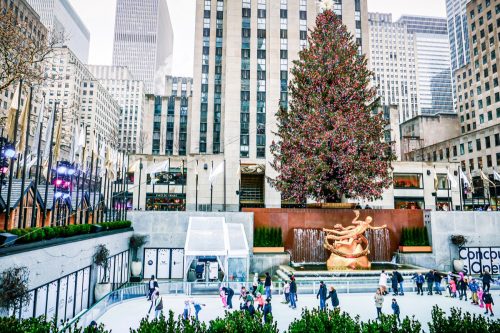
The possibility of a white Christmas is normally higher in the Northeast. But this year, your chances are still pretty low in this region too—with some variation depending on the city you’re in.
The chance of one inch of snow is less than 5 percent for New York City, while it is near or less than 5 percent for Boston, according to WaPo. For Buffalo, on the other hand, it’s a little higher at about 10 to 15 percent.
In terms of temperatures, the daytime highs are expected to reach the upper 30s to upper 40s with overnight lows in the upper 20s to upper 30s for both Boston and Buffalo. But in New York City, daytime highs are expected to reach the 40s to near 50s, and overnight lows are likely to fall in the low to mid-30s.
RELATED: Major Hurricanes Intensifying, New Data Shows—Is Your Region in Harm’s Way?
The West
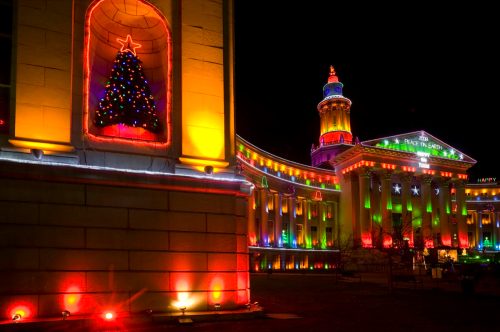
Moving over to the West, things are looking a little better for white Christmas dreamers—but not by much. In Denver, the chance of one inch of snow is about 5 to 10 percent, but temperatures here are expected to reach the mid-40s to mid-50s for daytime highs, and overnight lows are likely to be in the 20s, WaPo reported.
Those in Boise, Idaho, can at least hope for things to be a bit colder on average. The chance of one inch of snow is about 10 to 20 percent here, with daytime highs expected to reach the upper 30s to mid-40s, and overnight lows dropping to the upper 20s to low 30s.
The Midwest
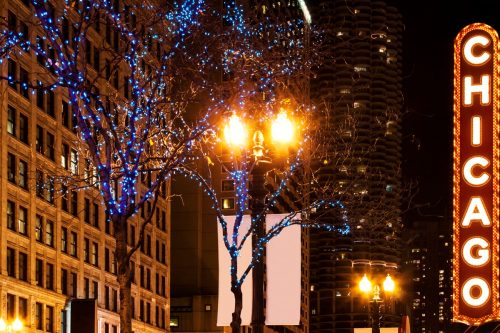
Those in the Midwest shouldn’t expect to see much snow—if any—either. In Chicago and St. Louis, the chance of one inch is less than 5 percent. Meanwhile in Minneapolis and Bismarck, North Dakota, there is just a 5 to 10 percent chance.
The warmest weather in the Midwest region is likely to hit those in St. Louis, where daytime highs are expected to reach the 50s to near 60, and overnight lows are only expected to fall in the mid-30s to near 40. The coldest temperatures, however, are predicted for Bismarck, with daytime highs expected to reach the mid-30s to low 40s, and overnight lows expected to fall in the teens to low 20s.
Minneapolis is also expected to see daytime highs in the upper 30s to low 40s, but the city’s overnight lows are only expected to reach the mid-20s to near 30. Meanwhile, those in Chicago should anticipate daytime highs in the mid-40s to near 50 range with overnight lows in the low to mid-30s.
RELATED: For more up-to-date information, sign up for our daily newsletter.